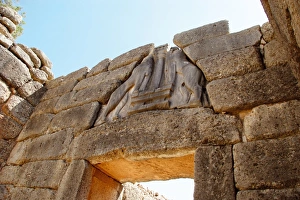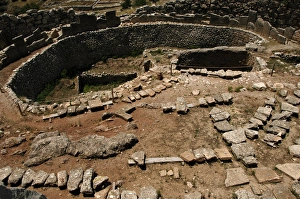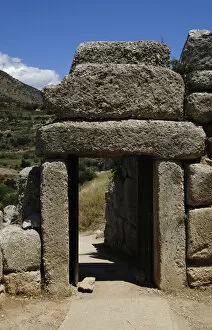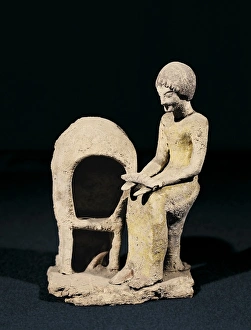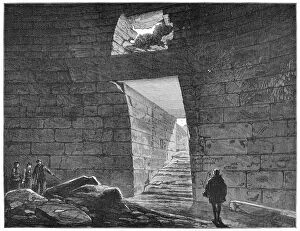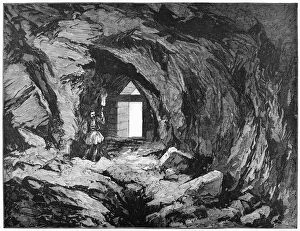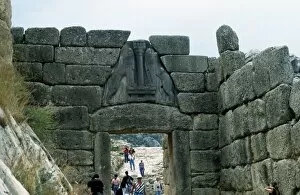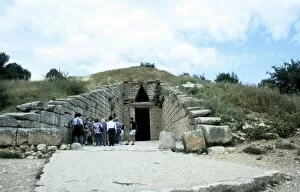Mycenae Collection (page 6)
Discover the ancient wonders of Mycenae, a captivating city in ancient Greece that thrived around 1400 BC
All Professionally Made to Order for Quick Shipping
Discover the ancient wonders of Mycenae, a captivating city in ancient Greece that thrived around 1400 BC. Step through the imposing Lion Gate, an iconic symbol of this once-mighty civilization. Marvel at the intricate beauty of Mycenaean art, such as the silver rhyton shaped like a bull's head, showcasing their mastery in craftsmanship. Ascend to the Acropolis and stand where history unfolded before your eyes. Immerse yourself in the footsteps of Heinrich Schliemann, a German archaeologist who unearthed treasures from this archaeological site. Witness his groundbreaking discoveries that shed light on our understanding of ancient civilizations. Explore the enigmatic Tholos Tomb, an architectural marvel with its unique circular shape that has stood for centuries. Admire its grandeur and ponder upon its purpose as you delve into mysteries from long ago. The Lions Gate stands proudly as a UNESCO World Heritage Site, beckoning visitors to witness its magnificence against the backdrop of Peloponnese's breathtaking landscape. Gaze out from Mycenae and let your imagination soar as you envision life during this remarkable era. Mycenaean art continues to captivate with its funerary masks crafted meticulously in gold foil embossing. The glistening Funerary Mask of Agamemnon is a testament to their reverence for departed souls and serves as a reminder of their rich cultural heritage. As you wander through IV Grave Circle A, be awe-inspired by another funerary mask adorned in gold foil embossing—a poignant tribute to those who have passed on but remain immortalized through these exquisite works. Uncover layers upon layers of history within Mycenae's hallowed grounds—a journey back in time that will leave you spellbound by its grandeur and significance within Greek antiquity.

